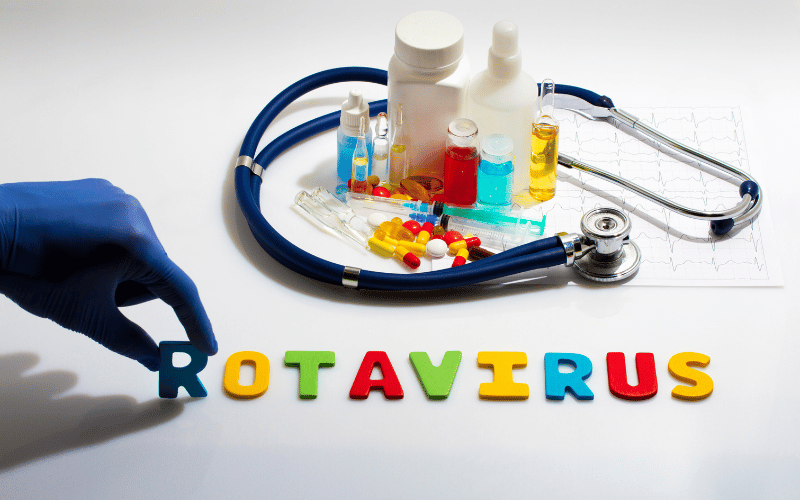Introduction: A Fresh Perspective on an Age-Old Problem

Gastroenteritis, often colloquially referred to as the “stomach flu,” is a disease most people think they understand. After all, who hasn’t suffered through a bout of diarrhea, vomiting, and general malaise, assuring themselves that it’ll pass in a day or two? Yet, beneath this seemingly straightforward illness lies a labyrinth of complexities, many of which remain unknown to the average person.
In this article, we don’t just scratch the surface; we dig deep to unravel hidden facets of this highly contagious disease. While it’s common knowledge that gastroenteritis results in uncomfortable symptoms like vomiting and diarrhea, fewer people realize the broader ramifications—be it the illness’s adaptability to evade vaccines or its substantial economic impact on communities and even nations.
And it’s not just about what’s happening inside your body; it’s also about the world around you. For instance, did you know that your gender and even the season could influence your experience with gastroenteritis? Or that the same bug causing your discomfort has sociopolitical implications, such as unequal access to healthcare based on gender roles in certain communities?
Our journey into the depths of gastroenteritis is not for the faint of heart but for those seeking a more nuanced understanding. We promise you insights that extend beyond what you’ll find in a typical health pamphlet or a quick Google search. From the biology of the pathogens causing the illness to the social and psychological aspects that seldom make it to mainstream discussion, we’ve got it all covered.
So, strap in and prepare yourself for an enlightening voyage through 15 crucial facts about gastroenteritis that you probably didn’t know. Whether you’re a concerned parent, a healthcare professional, or just a curious individual, there’s something here for everyone.
1. Viral vs. Bacterial Causes: The Microscopic Perpetrators Behind Gastroenteritis

The world of gastroenteritis is a crowded one, rife with microscopic invaders just waiting for an opportunity to strike. While viruses like Norovirus and Rotavirus often make headlines, bacteria such as E. coli and Salmonella are equally dangerous. The distinction matters not just for medics, but also for the general public, as treatment often hinges on the underlying cause.
It might sound like a tiny sci-fi movie playing out in your gut, but differentiating between viral and bacterial causes is vital for appropriate treatment. For instance, antibiotics will work against bacterial infections but are virtually useless against viral ones. Understanding this can save you time and unnecessary medical expenses.
Your food choices often dictate your vulnerability. While contaminated water is a universal culprit for both, undercooked meat tends to harbor bacteria more, whereas shellfish are notorious for carrying viruses. So, the next time you decide to chow down on some sushi or a rare steak, remember: you’re playing microbial roulette.
You’d think with the modern advancements in sanitation, these pathogens would be out of the picture, right? Wrong. Outbreaks occur in even the most developed countries. Factors like public hygiene, food handling practices, and even international travel contribute to the persistence of these microscopic menaces.
The bottom line? Knowing the difference between viral and bacterial causes can shape the course of your illness and recovery. The quicker you pinpoint the culprit, the faster you get back to normal—or at least as normal as one can be after waging microscopic warfare. (1)